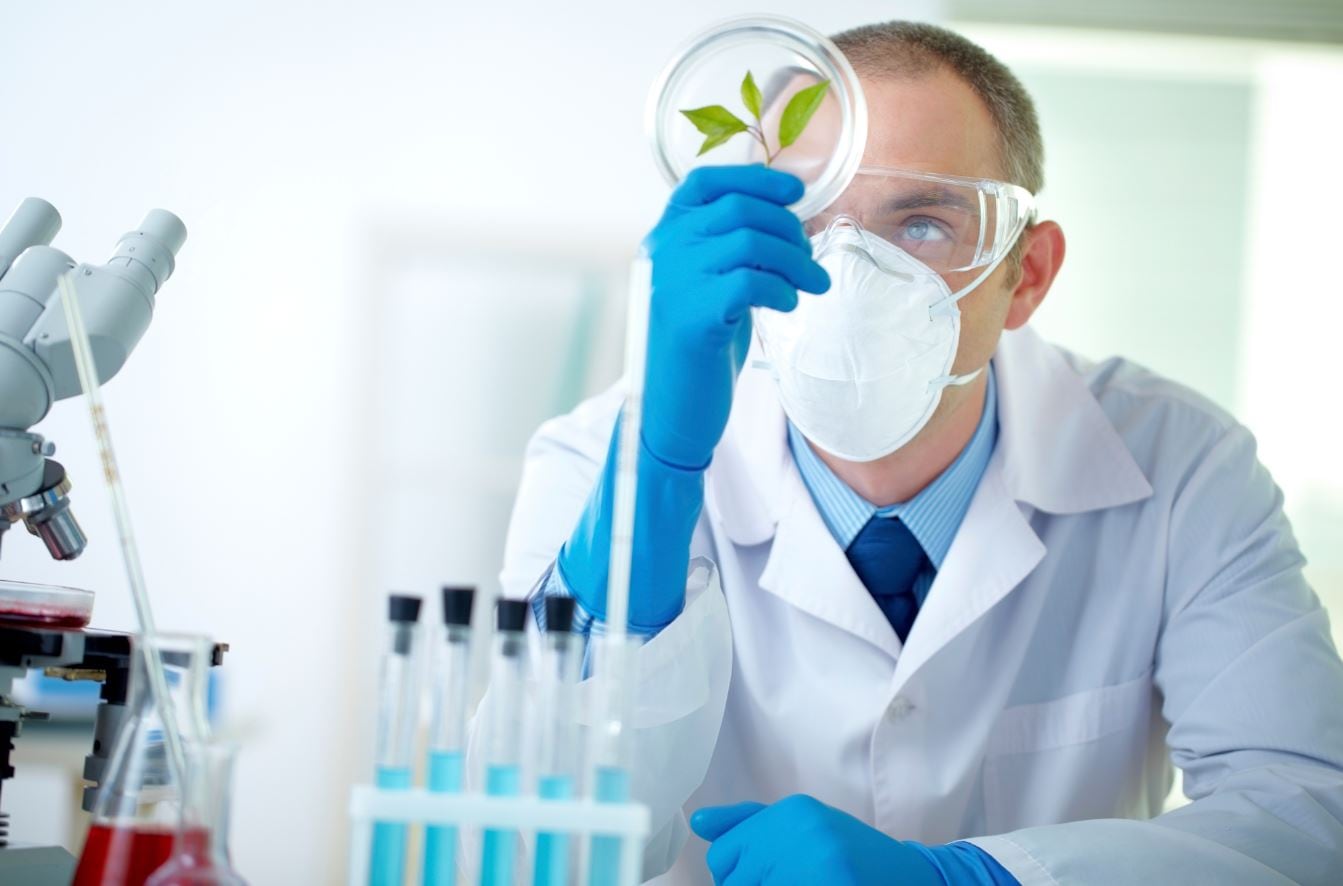Published in Molecules, researchers from the University of Parma analysed the phenolic compound make-up of the spearmint extract (Mentha spicata L.) branded as ‘Neumentix’ by Kemin Foods to be high in rosmarinic acid.
‘Widest phenolic characterisation’ to date
“The comprehensive evaluation of the sample allowed for the tentative identification of a total of 66 compounds, the widest phenolic characterisation of spearmint to date,” the researchers wrote.
“…The total amount of phenolic compounds was about 260 mg/g extract, which demonstrated that the spearmint extract is a matrix rich in phenolics.”
Rosmarinic acid derivatives and salvianolic acids were the most prominent – representing 88% and 5.6% of the total compounds respectively. Others identified included flavones, flavonols, lignans and organic acids.
Findings showed the spearmint extract had a particularly high concentration of rosmarinic acid – “approximately four-fold higher than the 4.6 mg/g reported for other water extracted spearmint lines.”
The researchers said the higher concentration was likely a result of selective-breeding techniques, but could also be a result of seasonal growth or extraction procedures.
‘Semi-quantified’ promising analysis
The researchers stressed that most phenolics found had not been fully quantified.
Of the 66 identified, only 12 had been quantified using comparison reference standards. The remaining 54 had been identified from comparing literature data to their mass spectral behaviour.
Therefore, they warned findings had to be considered as “semi-quantified”.
Still, they said the study had thrown up exciting possibilities for future extract analysis: “…These particularly sensitive techniques would allow testing of the authenticity of the product and assist when evaluating its biological and essential properties.”
The techniques, they said, could be “applied to other plant-derived food extracts and beverages containing a broad range of phytochemical compounds”.
Kemin, which launched the extract in 2014 and has focused on cognitive benefits, was equally enthusiastic about what the research method had been able to show. Kelli Herrlinger, principal scientist for the nutrition and health division at Kemin said: “Understanding the molecular profile of Neumentix was important in order for us to get at the underlying mechanisms of action responsible for the cognitive benefits we have observed clinically.”
Mass spectrometry – the method breakdown

For the polar compounds in the spearmint extract, the team used ultra-high performance liquid chromatography-electrospray ionization-mass spectrometry (UHPLC-ESI-MSn), analysing more than 200 mass spectrum outputs for each analytical replicate and experimental condition.
They also analysed the volatile compounds using a combination of two techniques: head space solid-phase microextraction (HS-SPME) and gas chromatography-mass spectrometry (GC-MS) technique.
With these, they measured the gas-chromatographic peaks and compared findings to those present in instrument libraries (NIST) and using the Linear Retention Index (RTI).
All volatile compounds identified (59) were semi-quantified using toluene as internal standard.
Ketones were the most prominent found in the fraction – making up around 32% of total volatile compounds, followed by terpenoids at 20%.
Source: Molecules
Published: August 3, 2016 doi: 10.3390/molecules21081007
“Phenolic and Volatile Composition of a Dry Spearmint (Mentha spicata L.) Extract”
Authors: M. Cirlini, P. Mena, M. Tassotti, KA. Herrlinger, KM. Nieman, C. Dall’Asta and D. Del Rio
